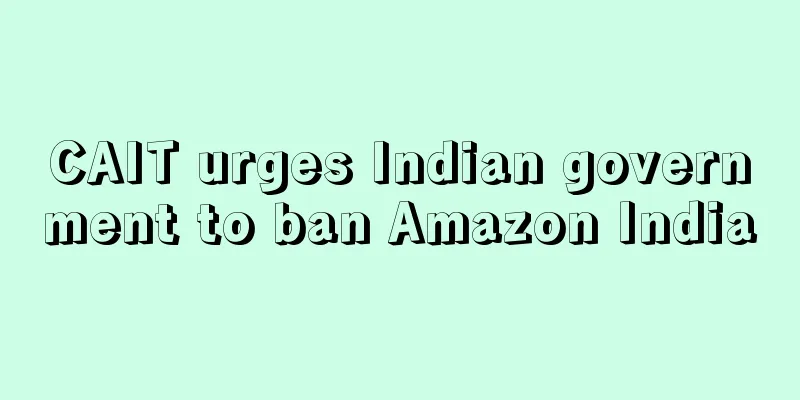65% of Americans intend to buy DTC brand products, down from last year

|
According to the 2022 Direct-to-Consumer Purchase Intent Index released by Diffusion, only slightly more than half (nearly 60%) of Americans have purchased from a DTC brand at least once in the past year .
In a survey of 1,185 U.S. adults, 65% of respondents intended to purchase a product from a DTC brand at least once in 2022, down from 79% the year before.
The report’s findings suggest that DTC brands are having a hard time winning over U.S. consumers, especially when competing against traditional retailers.
43% of people do not plan to buy DTC brand products during the busiest shopping season in 2021. When asked why, 23% said they can get better prices from traditional retailers, and 21% pointed out that they can find similar products at a more appropriate cost at traditional retailers.
Of course, DTC brands are not without advantages. For those who prefer to buy DTC brand products, 23% said they provide higher quality products, and 18% said DTC brands provide better customer service and experience.
In addition to price and quality, delivery service is also one of the factors that pull down the favorability of DTC brands. 40% of respondents said that fast and free delivery is a reason they choose traditional retailers instead of DTC brands. If DTC brands want to win the favor of consumers from traditional retailers, free and fast delivery is key.
In addition, physical convenience and accessibility play a big role, with 32% of consumers citing this as one of the reasons they prefer traditional retailers over DTC brands. Some native digital brands have also realized this. In recent years, DTC brands have increasingly partnered with retailers with large stores such as Target and Walmart. Partnering with retail giants has alleviated the high cost of marketing goods online to a certain extent.
It’s also important to note that some consumers don’t seem to be easily impressed by modern marketing strategies from DTC brands, with 62% of respondents saying influencer marketing doesn’t work for them. In fact, 25% of U.S. adults said that seeing an influencer post about a DTC brand product would make them less likely to buy the product. Only 13% said that seeing an influencer post about a DTC brand would prompt them to buy.
However, the editor believes that each channel has its advantages and disadvantages, and sellers may wish to integrate multiple platforms to complement each other's strengths and weaknesses. USA DTC Brands |
<<: Amazon's shipping policy has changed, several types of goods will be rejected!
>>: U.S. holiday sales of $887 billion exceeded expectations, but challenges remain
Recommend
Regarding peak season traffic, Amazon has new moves!
The peak season at the end of the year is the gol...
What is Kind Eyes? Kind Eyes Review, Features
Kind Eyes is a website that specializes in sellin...
Five people were confirmed to be infected at Shanghai Pudong Airport, and air freight rates may rise again!
As of 8:00 a.m. on August 22, Shanghai had 9 new ...
What is Bodian Technology Logistics? Bodian Technology Logistics Review, Features
Founded in 2017, Baidian Technology Logistics is a...
What is Suxiaoyi? Suxiaoyi Review, Features
Suxiaoyi is a multi-store management software und...
Winning Q4! This type of product has been sold out across the board, and sellers' performance has soared
As the peak season is underway, the Halloween sho...
Demand surges 200%! Second-hand products are a big hit in India
After the outbreak of the epidemic, Indian people...
Belgian consumer preferences revealed
The pandemic has led to major changes in consumer...
What is Rakuten & Rakuten Review
Rakuten, Inc. (English: Rakuten, Inc.; Japanese: ...
What is Mall of America? Mall of America Review, Features
<span data-docs-delta="[[20,{"gallery"...
Tornadoes and floods hit the United States: Amazon warehouses are closed and local transportation is suspended!
Previously, the snowstorm in the United States ha...
Amazing! Post-90s CEO wins nearly 1 billion yuan in financing
In recent years, the intelligent robot industry h...
AliExpress Double 11 sales are booming, merchants say: orders can't stop
“ The stock was sold out in one hour ?” At 5pm on...
Competition is fierce! Korean e-commerce platforms are making big moves
With the rise of the Internet, South Korea's ...
There are safety hazards! Multiple e-commerce platforms urgently recall children's sleep-aid lamps
Children's products have always been a hot-se...









